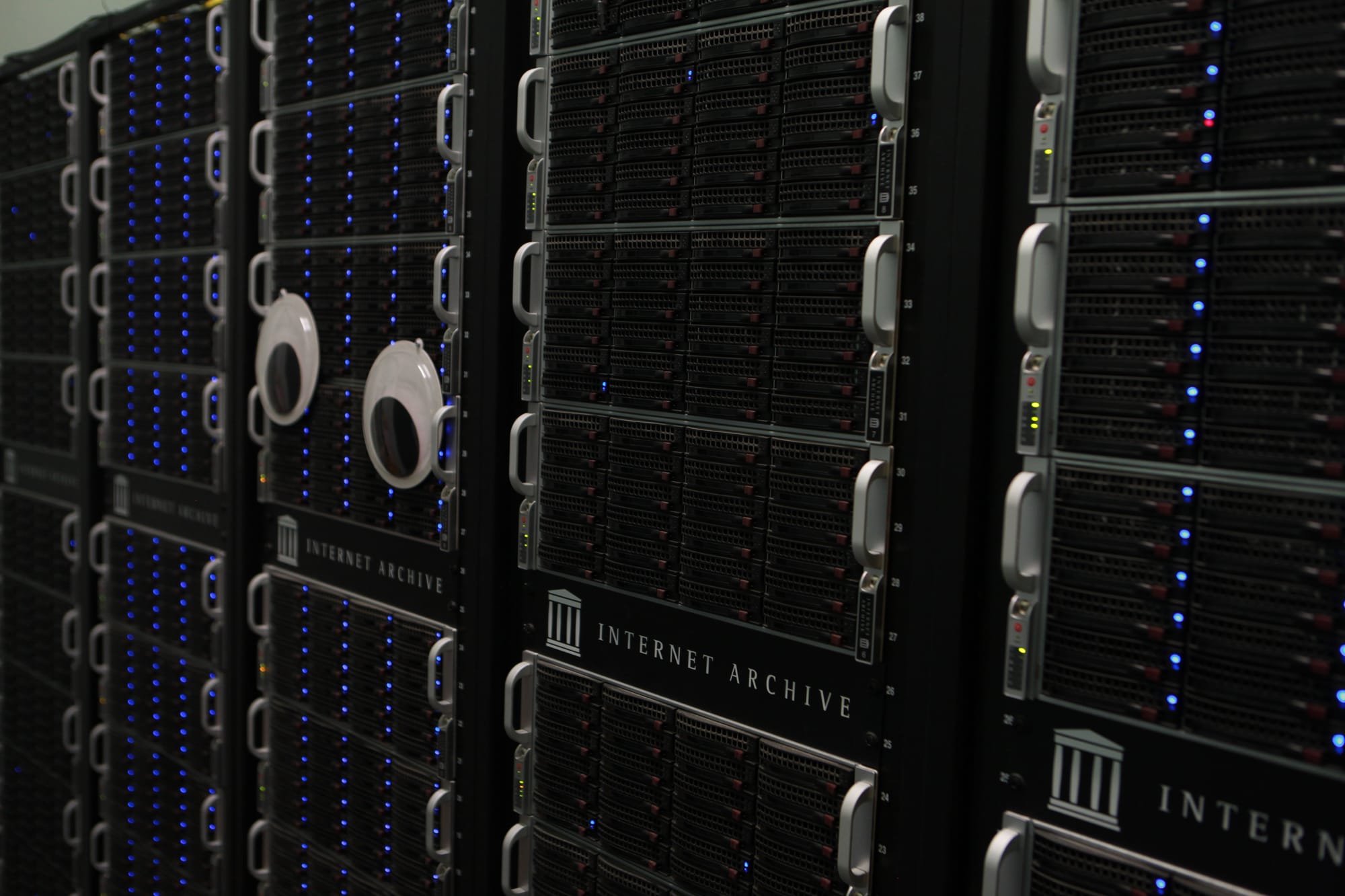
Preserving Your Personal Digital Archives
So, what can you do to stave off a digital dark age?
Where the pervasive ones and zeros of digital media have come to dominate our lives and almost all of our modern day histories, we are slowly reaching the point where we are having to stop and rethink just how viable this media is for keeping our history intact and readable in the distant future. The hard truth is, it really isn’t viable. Where books – our friendly and familiar purveyors of history – have been known to survive for hundreds of years, digital media has an average shelf life of ten years. And that’s if you’re lucky.Many of you are sitting in front of your computer right now asking yourselves, “So, what can I do?” Librarians, archivists, and computer scientists are diligently working on large scale solutions to preserve our at risk and historically important information, but certainly you want to know what you can do at home to ensure that your files and your history can be accessed and used ten, twenty, or even ten thousand years from now.
While there is, as of yet, no hard guarantee that your family photos will be around 10,000 years from now, there are a few things that you can do to keep them around long enough for the next generation to enjoy and pass on. We have some basic tips for keeping your personal digital data alive and kicking through your lifetime, and if you want to shoot for the ten thousand year mark, these tips can get you headed in that direction, too.
The key concepts to remember here are Format, Media, Metadata, and Multiple copies. FMMM, if you will. Giving a little attention to each of these elements can ensure that your data will survive at least until the next great technology change, and most likely beyond it.
Format.
Always try to use the most common and least proprietary file formats when saving your files. If you have important email files that you would like to preserve, save them outside of your email platform as simple text files. For other documents, it has been recommended that they be saved in the PDF or PDF/Archive format. Though the PDF format is technically considered to be proprietary, the fact that the source code is available and the PDF format is now universally accepted, it is a good solution for keeping your files and their context intact. It is important to remember that for image and sound files, the larger, higher quality files are much more readable and can be used in many more ways than files that have been reduced or compressed. Compressing files for storage or emailing causes significant data loss, so avoid this when possible.
Media.
Some good advice from the Library of Congress is to never use re-writable discs to store your data for the long-term. Re-writable discs may be good to transfer files from one location to another, but they are problematic in terms of access and how quickly they deteriorate and become obsolete. The best place to store your data is in one large external hard drive or even with an online data storage service. External hard drives are becoming much less expensive to purchase, are more durable, and have greater overall longevity. Plus, having all of your files in one place will save you from having to search through multiple discs for one file.
Metadata.
Meta-what? Metadata is the data about data and is the secret weapon of the pros in digital preservation. You may best know metadata as keywords and “tags”. Including metadata within or in reference to your digital object not only helps you and others find the object, but it can also provide structure, context, authority, rights information, and validation of the object; all things that are important for long-term preservation. Metadata standards have been developed specifically for digital preservation, and adhering to these standards when you create your own metadata will lend even greater longevity to your personal digital archive.
Multiple Copies.
Stanford University has developed a system to preserve access to online journal subscriptions called, LOCKSS, or Lots of Copies Keeps Stuff Safe. Where the materials that you may be looking to save are different than online journals, the same underlying principle holds true for any digital preservation effort. Keeping to this principle, you should absolutely back up your data. As mentioned, you can do this either on an external hard drive, with an online data storage service, and even better, BOTH. Your best bet is to have your personal archives backed up and stored in more than one location. In true mimicry of the LOCKSS model, you may even consider starting a file sharing network with your friends and family where you can collectively back up your files in several remote locations.
Any one of these activities will bring you closer to securing your digital files for a long voyage through time, and obviously the more you do the better. If you would like to learn more/do more, check out the online resources below. Happy archiving!
For Further Reading
The Library of Congress guide to “What You Can Do.” A great, simple guide published by the masters of archiving. Probably the best layman’s guide out there. Check out “Preserving Your Digital Memories” and “Caring for Your Collections.”
The Library of Congress guide to “What You Can Do”
Wikipedia article on digital preservation. A great beginning guide to the who, what, where, and why of digital preservation. Definitely check out the links and references for further reading.
Wikipedia article on digital preservation
Stewart Brand’s essay on digital preservation, “Written on the Wind.” This essay provides a great overview of the digital preservation problems we are facing. Astute observations of our present needs as seen from ten years ago.
Stewart Brand’s essay on digital preservation, “Written on the Wind.”
Join our newsletter for the latest in long-term thinking
Subscribe